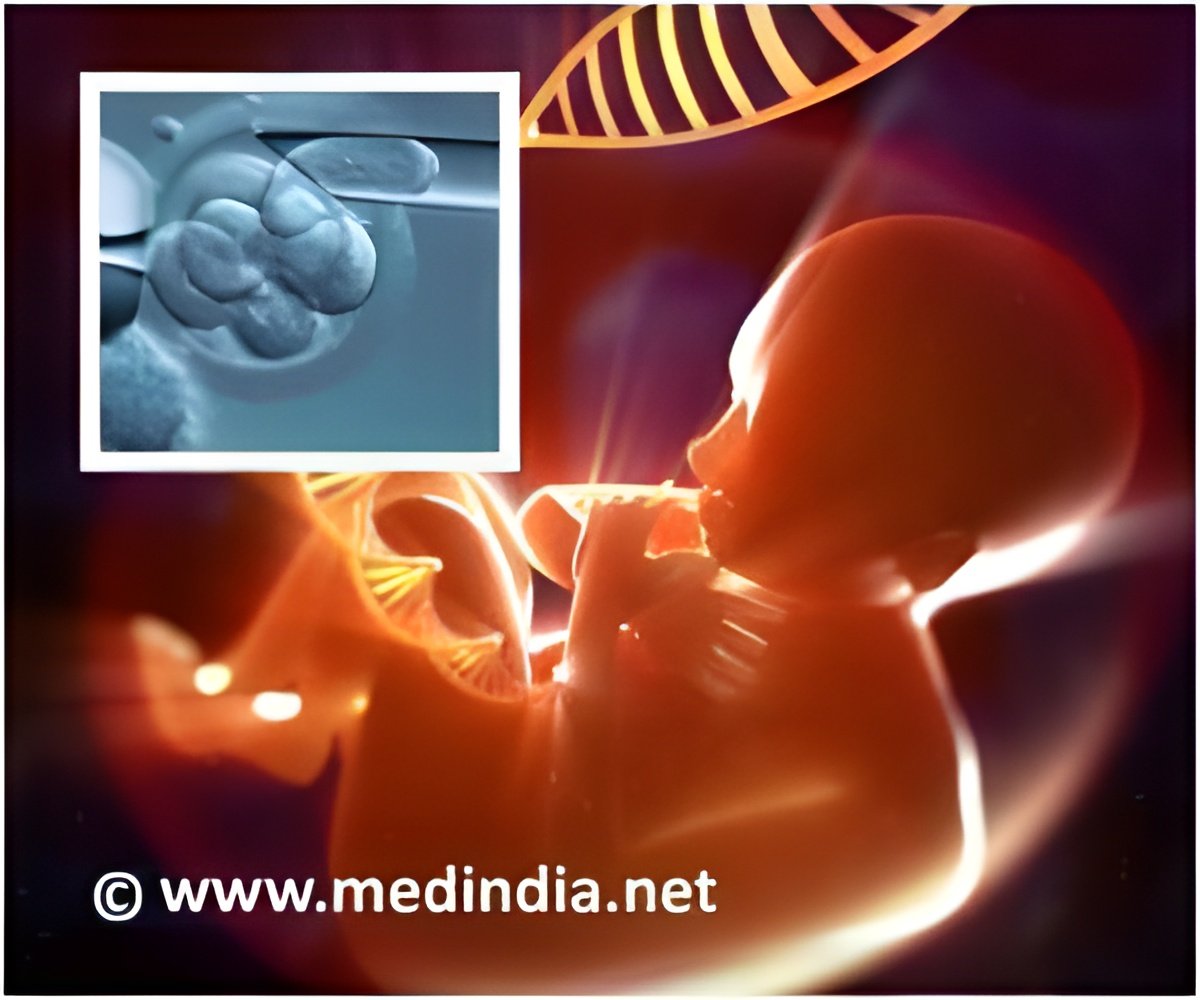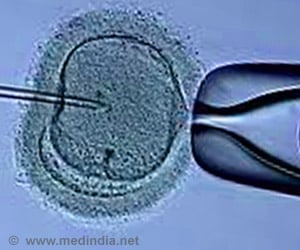
The CRISPR-Cas9 technique can target and modify faulty DNA with greater accuracy. Kathy Miakan, a stem cell scientist at the Francis Crick Institute in London, said she had asked the HFEA for the license to conduct genome editing on human embryos.
"The knowledge we acquire will be very important for understanding how a healthy human embryo develops, and this will inform our understanding of the causes of miscarriage," told Kathy.
The modified embryos will not become children as they must be destroyed within 14 days and can only be used for basic research. Miakan wants to find the genes at play in the first few days of human fertilization, when an embryo develops a coating of cells that later become the placenta.
"Genome editing of embryos for use in treatment is illegal. It has been permissible in research since 2009, as long as the research project meets the criteria in the legislation and it is done under an HFEA license," said the HFEA spokesman.
In a research paper published in April, Chinese scientists described how they were able to manipulate the genomes of human embryos for the first time, which raised ethical concerns about the new frontier in science.
Advertisement
Source-AFP










